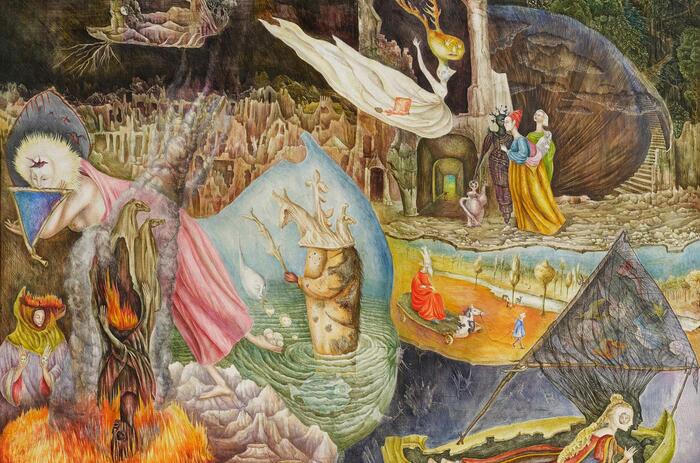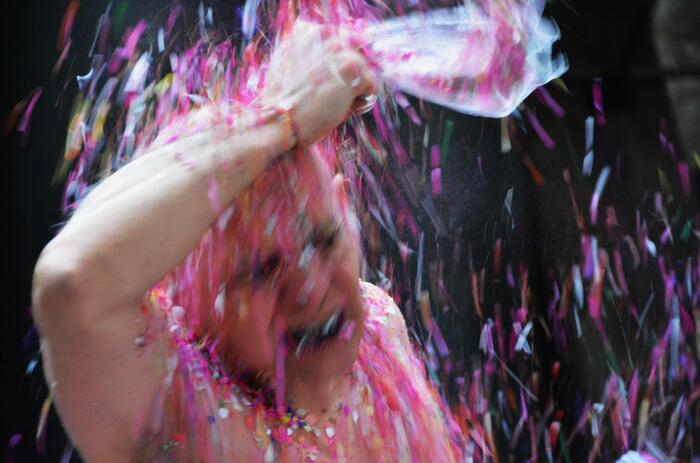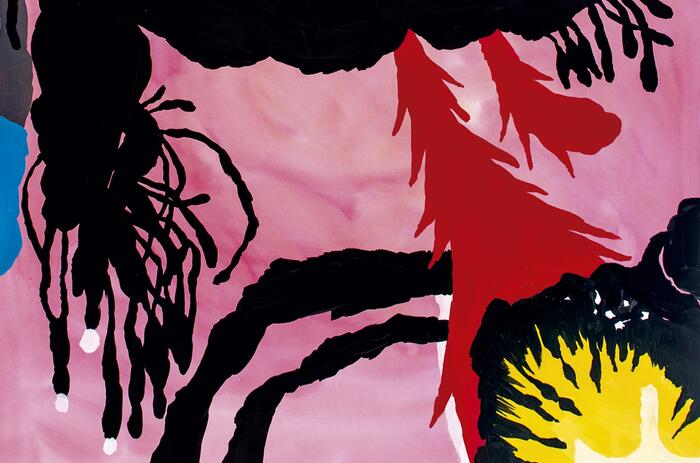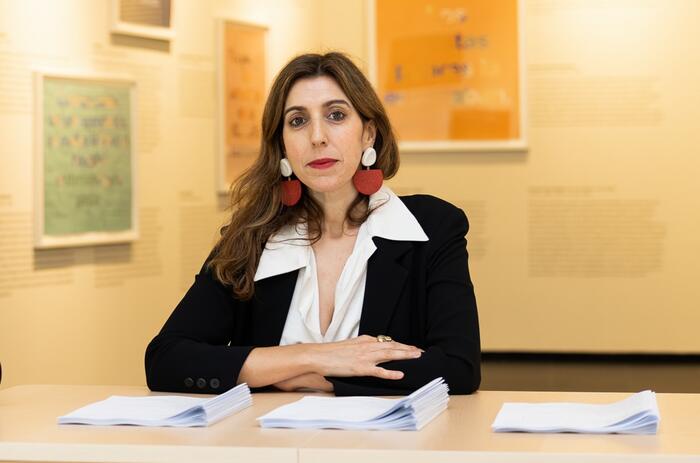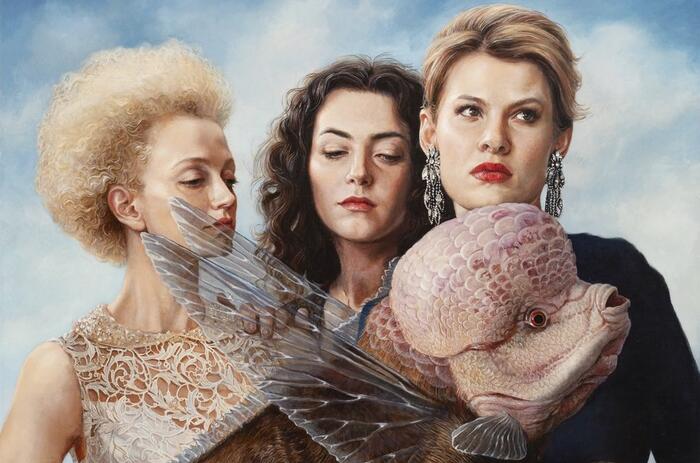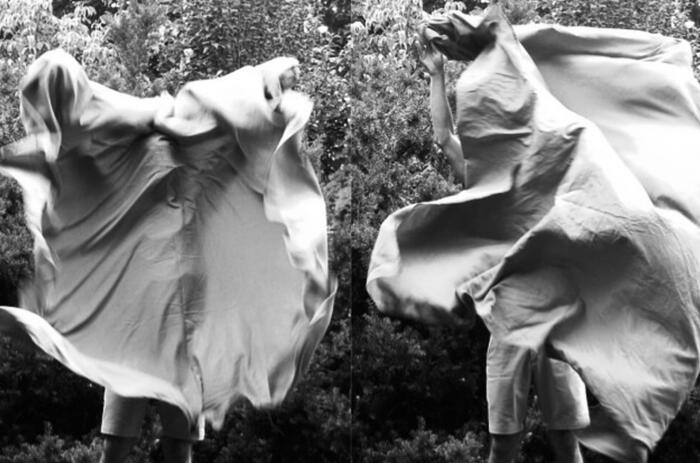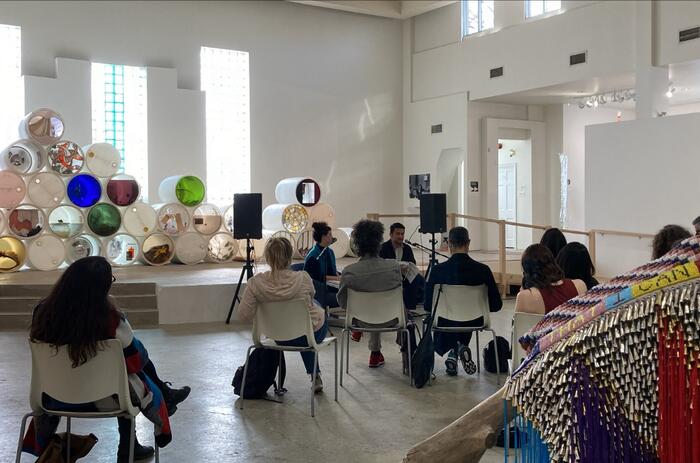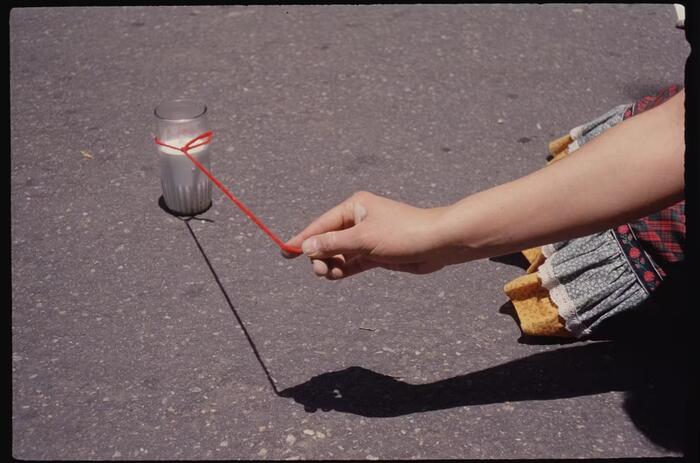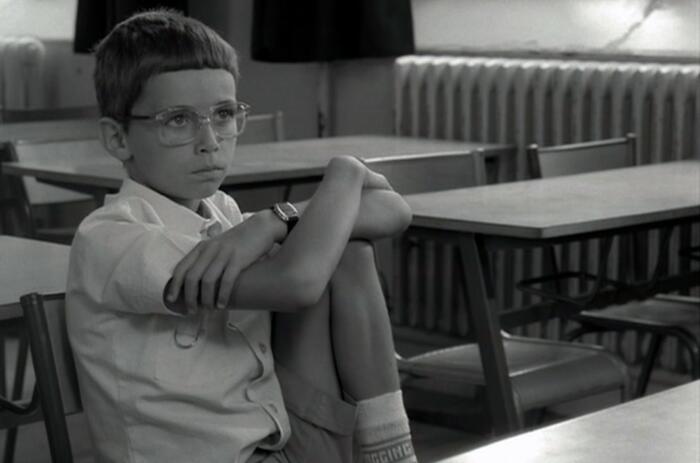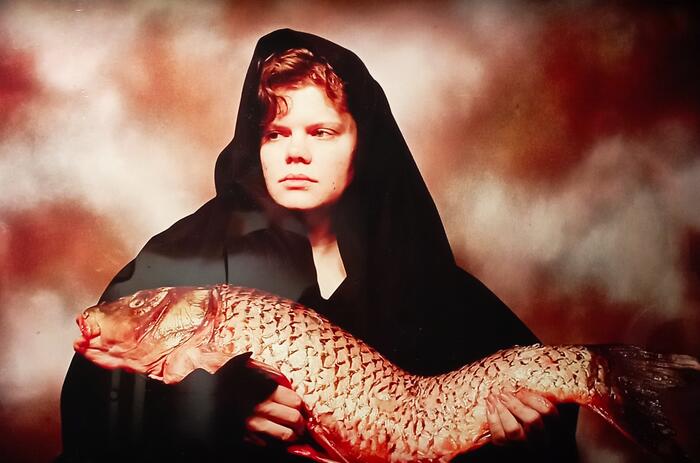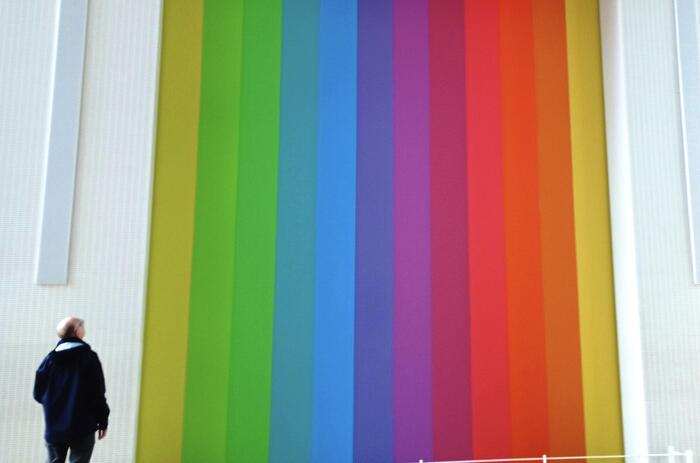MATISSE: THE RED STUDIO AT FONDATION LOUIS VUITTON
Fondation Louis Vuitton, in collaboration with The Museum of Modern Art, New York and the SMK—Statens Museum for Kunst, Copenhagen, is hosting the exhibition Matisse: The Red Studio, focusing on the genesis and history of the 1911 masterpiece.
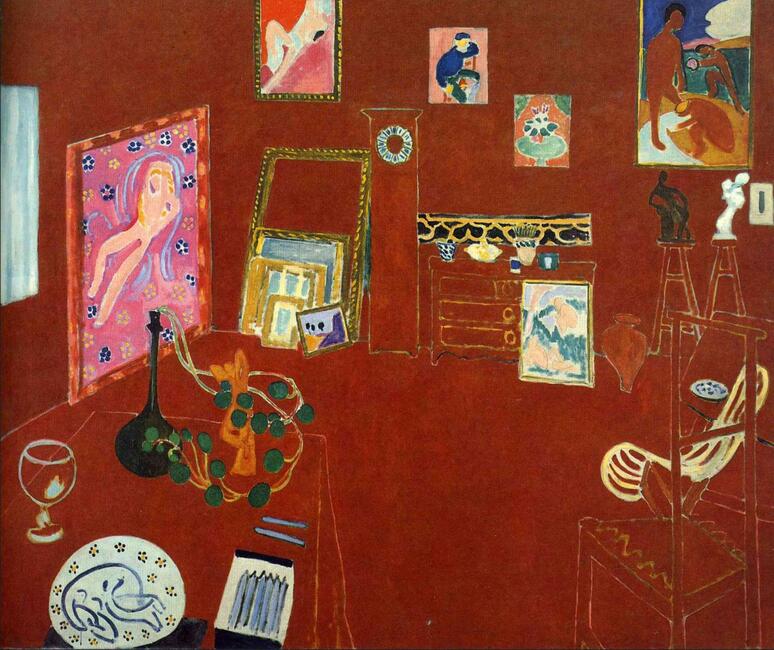
The large canvas depicts the artist’s studio filled with his paintings, sculptures, furniture, and decorative objects. This exhibition reunites the artworks shown in The Red Studio for the first time, since they left Matisse’s studio in Issy-les-Moulineaux, and includes archival materials as well as related paintings, and drawings.
The exhibition features the surviving six paintings, three sculptures and one ceramic depicted in The Red Studio. Created between 1898 and 1911, these objects range from familiar paintings, such as Young Sailor (II) (1906)—which will be exhibited in France for the first time in 31 years—to lesser-known works, such as Corsica, The Old Mill (1898), and objects whose locations have only recently been discovered.
Paintings and drawings closely related to The Red Studio are also included, helping narrate the painting’s complex path from Matisse’s studio to its eventual acquisition by The Museum of Modern Art. A rich selection of archival materials—many published or exhibited for the first time in connection with this project—disclose new information on the painting’s subject, evolution, and reception.
-
Henri Matisse, The Red Studio, 1911. Oil on canvas, 181 x 219.1 cm. The Museum of Modern Art, Mrs. Simon Guggenheim Fund, 1949. © Succession H. Matisse. Photo: © The Museum of Modern Art New York / Scala, Florence.
-
Installation view of the “Matisse, L'Atelier rouge” exhibition. Artist credit: © Succession H. Matisse 2024 Photo credit: © Fondation Louis Vuitton / Louis Bourjac
Matisse’s The Red Studio depicts the artist’s studio in the town of Issy-les-Moulineaux. The Red Studio was painted as part of a sequence of works requested by Sergei Shchukin, Matisse’s most loyal and courageous early patron. Shchukin purchased the painting’s predecessor, The Pink Studio, but declined to acquire The Red Studio. The painting remained in Matisse’s possession for 16 years. During this time, it travelled to London in 1912, for the Second Post-Impressionist Exhibition, and to New York, Chicago, and Boston for the 1913 Armory Show.
The Red Studio was purchased in 1927 by David Tennant, the founder of the Gargoyle Club in London, a members-only club that catered to artists and aristocrats alike. The painting was hung in the Gargoyle Club until the early 1940s; soon after, it was purchased by Georges Keller, director of the Bignou Gallery in New York. In 1949, The Red Studio was acquired for The Museum of Modern Art’s collection.
The work then acquired a second life. From 1949, New York artists and all those who happened to be passing through stopped in front of the painting, whose radical novelty was suddenly rediscovered. In the late 1940s, Matisse himself referred to what made the 1911 work unique: its “abstraction”, owing to the haunting prevalence of the color red. Matisse then developed a new series of paintings using the artist’s studio environment as the subject, particularly the 1948 Large Red Interior, which entered the collections of the Musée National d’Art Moderne in 1950 after being exhibited in New York by his son, Pierre Matisse, in February 1949. This work is present in the exhibition.
-
Installation view of the “Matisse, L'Atelier rouge” exhibition. Artist credit: © Succession H. Matisse 2024 Photo credit: © Fondation Louis Vuitton / Louis Bourjac
-
Installation view of the “Matisse, L'Atelier rouge” exhibition. Artist credit: © Succession H. Matisse 2024 Photo credit: © Fondation Louis Vuitton / Louis Bourjac
The dialogue between The Red Studio of 1911 and the Large Red Interior of 1948 is highlighted in the Fondation’s exhibition, demonstrating how, within a span of nearly 40 years, Matisse reinterpreted this pioneering painting at a time when his work was undergoing profound change. The two paintings went on to lead parallel lives, serving as inspiration to many American and European artists.

